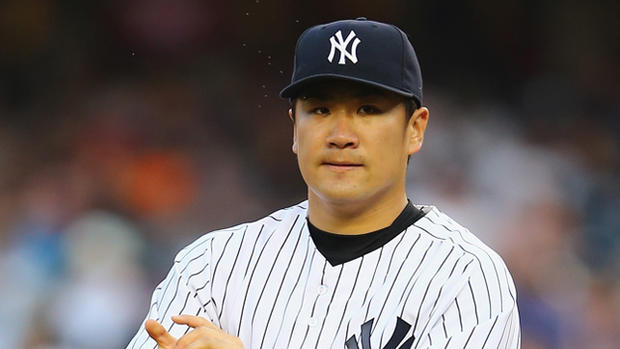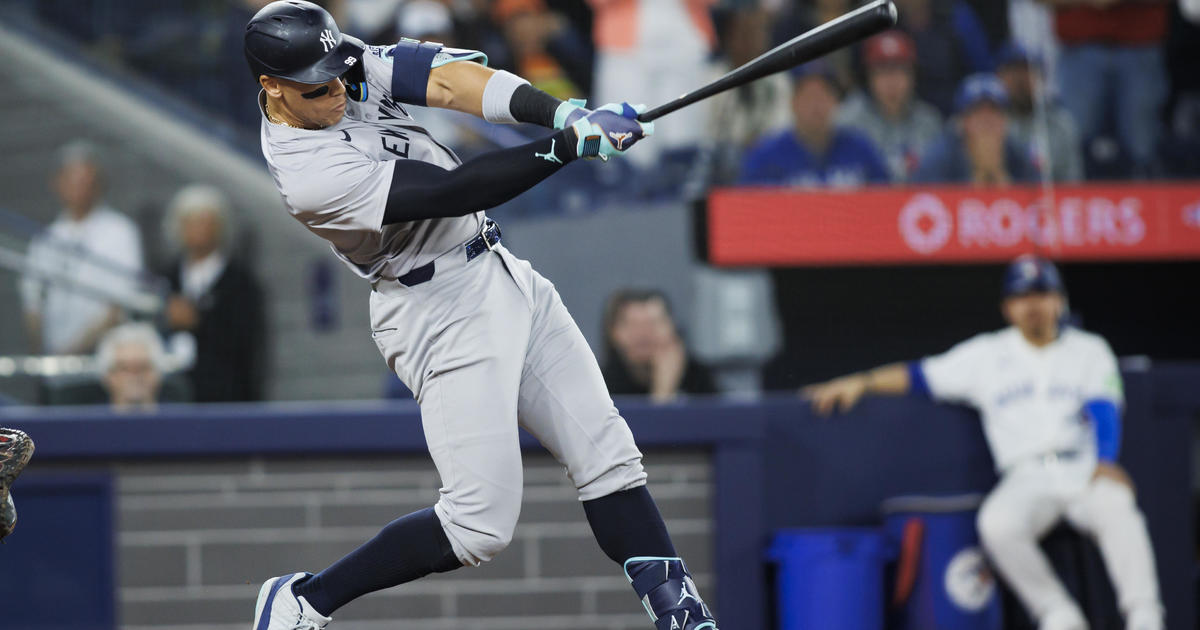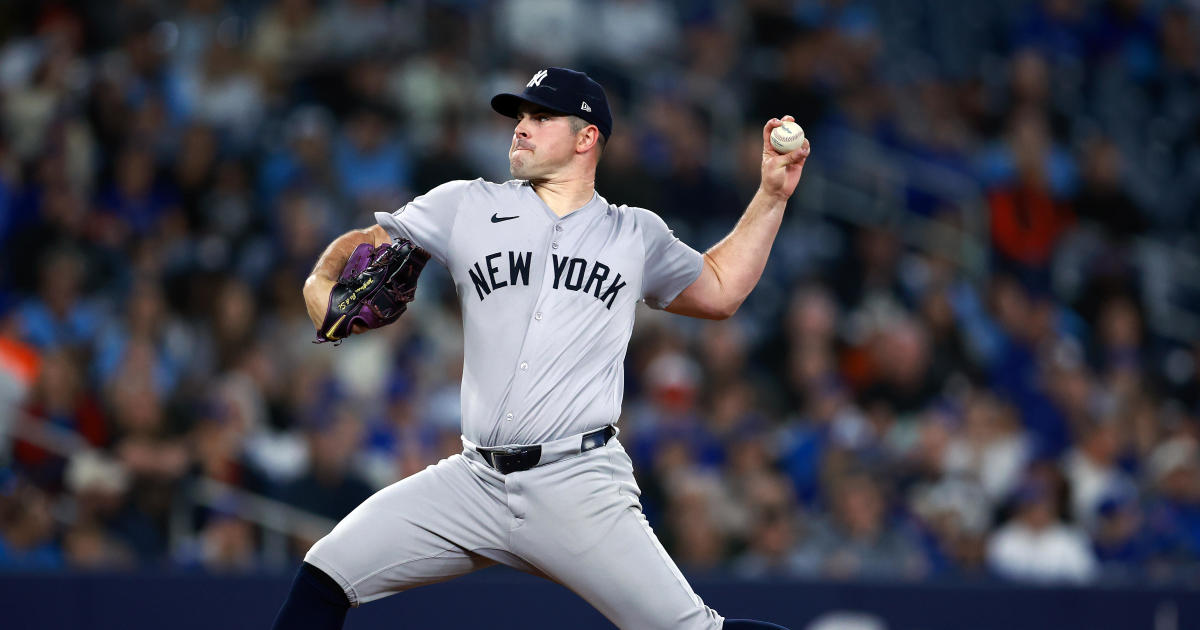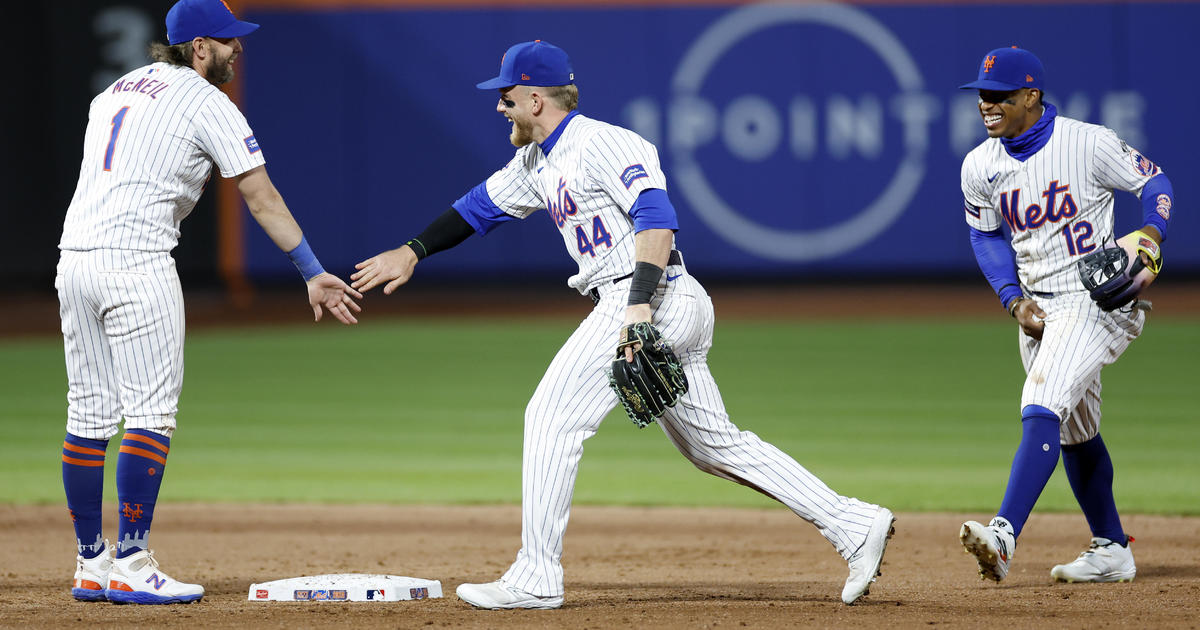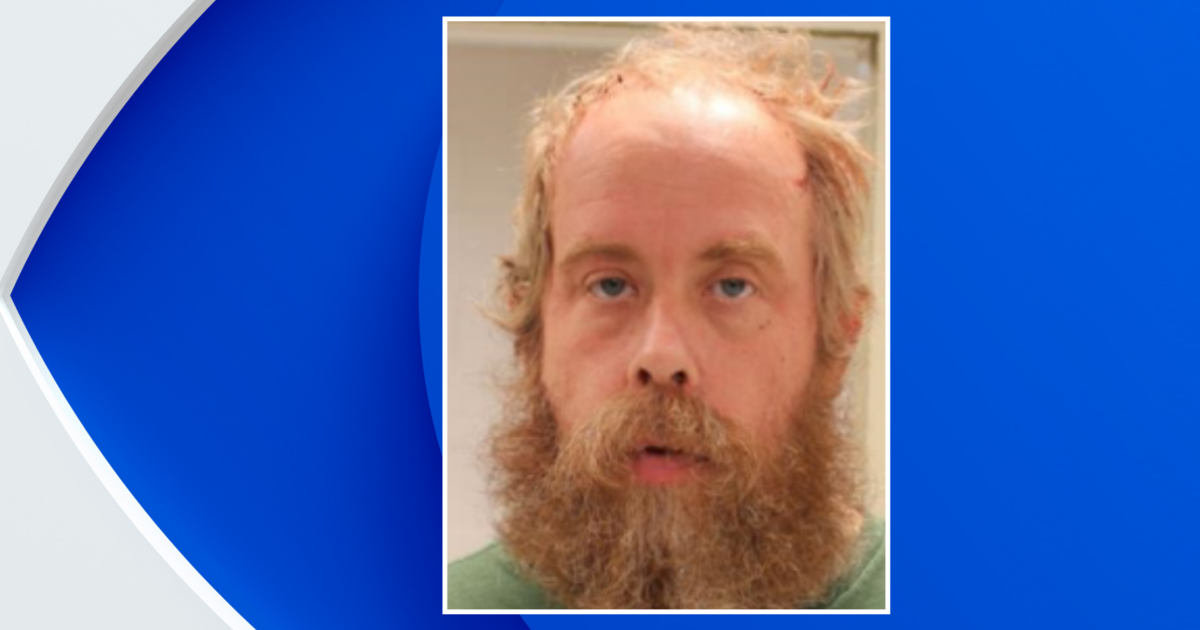Schwartz: When It Comes To UCL Tears, It Starts At A Young Age
By Peter Schwartz
» More Columns
Unless you've been under a rock in recent years, you know about the alarming epidemic that has surfaced in sports, particularly in baseball. And that is the rise of Tommy John surgeries.
The problem has hit home here in New York with last year's injury to Mets ace Matt Harvey and this year's injury to Yankees righty Masahiro Tanaka. The Japanese hurler is out for a minimum of six weeks with a partial tear of the ulnar collateral ligament (UCL) in his right elbow, and Tommy John surgery is not being ruled out.
Also this season, Marlins pitcher Jose Fernandez and Orioles catcher Matt Wieters underwent the procedure that ended their seasons.
It's a problem that has hit the sport hard.
"We're seeing more and more of these surgeries, especially us on the physical therapy post-operative side," said John Gallucci, Jr., the Founder and President of JAG Physical Therapy and a leading expert in injury prevention, rehabilitation, sports medicine and athletic conditioning. "What we are seeing is a great consensus from the physicians to try and start to catch it early, enough."
Physicians have been looking at poor postures to try to help younger players take measures to prevent the injuries from occurring. Getting out ahead of the problem is important these days with the increase in the Tommy John UCL surgeries.
"Recent studies and recent research definitely look at a lot of throwers today from youth and college sports, (and) when they get into the pros (they) are becoming elbow and anterior throwers," said Gallucci. "The posterior capsule or the back of their shoulder is not strong enough for the deceleration forces of throwing the ball really, really hard."
What's happening is that we're seeing more shoulder and elbow injuries because the athletes are simply not strong enough to handle the deceleration component of their arm. That makes them become an elbow thrower as opposed to a shoulder thrower. When some of these players are in high school and college, they are already suffering from poor mechanics. And that, in turn, will irritate the ulnar collateral ligament. It's also common to see slap tears in a part of the shoulder called the labrum.
"Usually it's because of poor biomechanics, poor posterior-capsule strength and poor core development," said Gallucci. "And really, if you attack those early on through the pubescent years, the teen years and the college years, usually a professional athlete will not sustain the injuries that we're seeing -- such as Tommy John procedures."
What exactly is Tommy John Surgery?
Well, according to WebMD:
"Tommy John surgery repairs an injured elbow ligament. It's most commonly done on college and pro athletes, especially baseball pitchers. But it's sometimes done on younger people as well. The surgery is named after former Los Angeles Dodgers (and New York Yankees) pitcher Tommy John. In 1974, he underwent the first surgery of this type. Tommy John surgery is also called UCL reconstruction.
"UCL is short for ulnar collateral ligament. During Tommy John surgery, a surgeon replaces the injured UCL with a tendon taken from somewhere else in the patient's body."
Research shows that kids are becoming more and more rounded-shouldered. When a child is kyphotic, he or she loses the range of motion in one's shoulder. And when that happens, you become an elbow thrower as opposed to being a shoulder or a biomechanically sound thrower.
"Over the last 10 years we've seen more and more children at every level becoming more round-shouldered, and that weakens the posterior capsule or the decelerators of the throwing arm," said Gallucci, who serves as the medical coordinator for Major League Soccer and is also a sports medicine consultant for athletes in MLB, NFL, NBA, NHL and USA Wrestling.
On a positive note, doctors are getting on this issue quick and early, with kids going through preventative measures. Also, most Major League Baseball programs are putting their players, especially the pitchers, on good preventative protocols, too.
"But sometimes it's too little too late," said Gallucci.
The road to a UCL injury can start as early as little league, with kids trying to emulate major leaguers by throwing too hard. Another problem for young players is an early introduction to "trick throws," such as curveballs and sliders. The problem is that those types of pitches can change the biomechanics of a young athlete too quickly and too early, before they've had a chance to mature.
"Everybody wants to throw junk at 12, 13 and 14 years old," said Gallucci. "And that's increasing the instances of injuries in youth sports. Now if you take a guy who's lucky enough to make it all the way to college or professional (baseball), they are basically more predisposed to injury because they've been doing it for a longer period of time."
So how does a Major League Baseball team not see this coming when they sign a free agent and put him through the appropriate physical?
Let's take Tanaka for example. The Yankees did their due diligence on him, but sometimes things are not what they appear to be.
"The Yankees have an unbelievable medical staff," said Gallucci. "The Yankees' medical staff is probably one of the best staffs in our country"
But here's how it would have been just about impossible for the Yankees to sense that Tanaka had a UCL issue.
For any pitcher, the repetitious component of throwing before even getting to the Major Leagues could have caused some predisposing factors that may or may not show up in a physical. There is also the issue of bringing in a player who has not been around the organization for a long time.
It's possible to see a problem, but it's also possible for it to fall through the cracks -- even with a great medical staff like the Yankees have.
"Are there ways on evaluations to see that there's posterior-capsule weakness or if there's poor rotation of core of if there's poor strength of core? Yes," said Gallucci. "The Yankees' staff and most of your professional staffs will be able to put guys on programs early on, but it doesn't mean that there weren't predisposing factors beforehand because these guys are throwing for 10 or 15 years before they even get to the pros."
The good news is that prevention techniques have evolved greatly. There are pitch counts -- as well as throwing counts -- in youth baseball among third basemen, outfielders and catchers.
If all goes well, there could be a light at the end of the tunnel.
"I ultimately think that, hopefully, in the next five years we'll start to see a decrease in shoulder and elbow injuries based on the great science that's coming out on prevention," said Gallucci.
But when a player suffers the injury, he or she has to go through the rehab process appropriately. After undergoing Tommy John surgery last year, Harvey vowed to come back earlier than expected.
According to Gallucci, any type of reconstruction of any ligament in any joint really needs an opportunity to heal down before you start to push the strengthening component.
"You need normal mechanics and you need normal range of motion before you push the strength, and then of course there's the strengthening component, the functional component and the throwing component," said Gallucci, who has rehabbed MLB and NCAA players from Tommy John surgery.
"I err more on what the research suggests," he added, "which is if you are a pitcher or if you are a repetitive thrower similar to a pitching position -- like a center fielder -- it really takes more than eight months to a year to really get back to full-go."
In addition to Tommy John, many pitchers have made full recoveries from UCL reconstruction, including Stephen Strasburg, Adam Wainwright, Tim Hudson, John Smoltz, Joe Nathan, Kerry Wood and Josh Johnson.
Can a player be better after Tommy John surgery?
"There is no true evidence," said Gallucci. "The only thing I would say is because they went through some great rehab and great strengthening, I think that they might be a little bit stronger, which will hopefully put a little more velocity on the ball."
The increase in Tommy John surgeries has been dramatic in recent years. But as doctors and other health-care providers learn more and more about the UCL injuries and how to prevent them, those numbers should go down.
For young players, the important thing is to be careful and take preventative measures. What you do today can have an impact on tomorrow.
To learn more about John Gallucci, Jr. and JAG Physical Therapy, visit their website at www.jagpt.com.
Don't forget to follow me on Twitter @pschwartzcbsfan. You can also follow John Gallucci, Jr. @DrJAGPT and JAG Physical Therapy @jag_pt1.
You May Also Be Interested In These Stories
